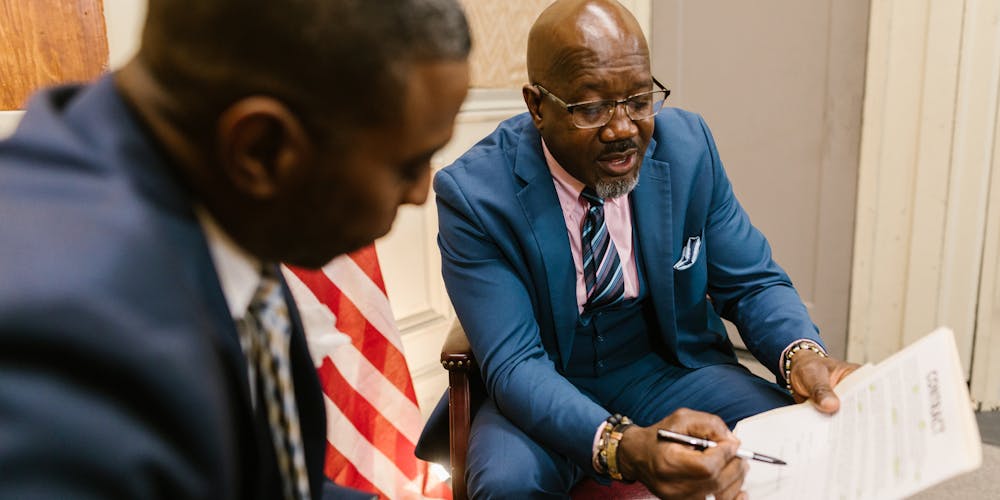The recent Federal Trade Commission (FTC) ruling has upended the longstanding reliance on non-compete agreements in employment contracts. This definitive move is set against a backdrop of heated debate over workers’ rights and business protections. The FTC’s decision signals a significant shift, prioritizing worker mobility and fair competition over restrictive employment covenants. Businesses must now pivot, re-examine their legal strategies, and prepare for a new era of labor relations.
Assess Contractual Provisions
Employers are now facing a critical time of reassessment and adaptation. The FTC’s ruling requires a thorough examination of existing contractual frameworks. It’s not just about explicit non-compete clauses; severance agreements, forfeiture-for-competition provisions, non-disclosure agreements, and even some training contracts might also fall within the scope of the new regulation. This nuanced look at what could constitute a restrictive practice under the new law means that businesses must dissect each component of employment contracts for potential compliance issues. Consulting with legal experts becomes more than a matter of due diligence—it is an essential step to safeguard the company against unforeseen legal entanglements.
Obtain Legal Advice
In response to the expansive nature of the FTC’s ruling and the expected litigation it may spark, obtaining counsel from legal experts is imperative. Legal advisors play a pivotal role in navigating the complexities of this ruling, particularly as industries grapple with the FTC’s authority and the rule’s applicability. This is a crucial period for employers to seek nuanced legal advice, ensuring current and future contracts align with the latest requirements. Lawyers specializing in employment law can provide essential insight into industry-specific considerations, helping businesses mitigate risk while staying competitive.
Prepare for Notification Obligations
The new FTC ruling is not just about reframing contractual agreements; it also imposes precise notification requirements for existing non-compete clauses. Employers, therefore, must be well-prepared to issue these notifications in compliance with the new mandates to avoid legal repercussions. This step is vital in the shift toward greater transparency and fairness in employment practices. By adhering to the notification process, businesses not only comply with the new ruling but also reinforce their commitment to fair labor standards.
Distinguish Senior Executives
The Federal Trade Commission’s landmark ruling has fundamentally disrupted the traditional dependence on non-compete clauses in employment contracts. Amid fervent discussions on employees’ freedoms and corporate safeguards, the FTC has opted to champion labor mobility and equitable market competition. This regulatory shift compels companies to rethink their approach to workforce agreements, moving away from commonly held restrictive practices to adopt new legal frameworks conducive to a modernized labor landscape. As the impact of this ruling unfolds, businesses face the necessity for strategic realignment, considering the balance between protecting their interests and adhering to a labor market that increasingly favors openness and flexibility. This transition marks a considerable transformation in the dynamics of employer-employee relationships and the mechanisms through which companies protect intellectual property and trade secrets while fostering a competitive environment.

